During a facebook conversation Henrik Robeck asked if I could do a comparison between Minolta 28mm 1:3.5 lenses, specifically the two latest optical designs. However, I was curious enough to see the differences myself, so I decided to do a comparison between all the different 3.5/28 designs in the Minolta SR-mount line-up.
The lenses
Minolta has used three different optical designs for the 28mm 1:3.5 lenses in the SR-mount line-up. The first one appeared in 1963 as an Auto-Rokkor model and was updated to a very similar MC-variant in 1966 to make use of the SR-T 101’s TTL-metering. It contained 7 elements in 7 groups. These lenses are readily recognized by their 67mm filter threads, distinghuishing them from all later models. I used the MC model for the comparison.

The second design appeared in 1968 and featured 7 elements in 7 groups like its predecessor but of course in a different configuration. Its size is markedly reduced, leading to a 55mm filter thread size. All lenses bear the MC W.Rokkor-SG designation. For the test I used the second incarnation of this optical design, the one with the hills-and-dales focussing ring.

Finally the third and last optical design came out in 1975 as an MC-mount lens and came with 5 elements in 5 groups, so again no cemented elements, and with a much smaller front lens diameter. Minolta dropped the SG lettering suffix denoting the number of lens elements and groups. This design lasted until the end of the SR-mount lens range and was produced in four different versions, one MC model and three MD models; the filter thread size of the first two models was 55mm, which was reduced to 49mm for the last two. I guess the most common version is the third one, the MD W.Rokkor variant with 49mm filter thread, which is why I used it for the test.

Test results
Full scene
My usual test scene, revealing sharpness across the frame.

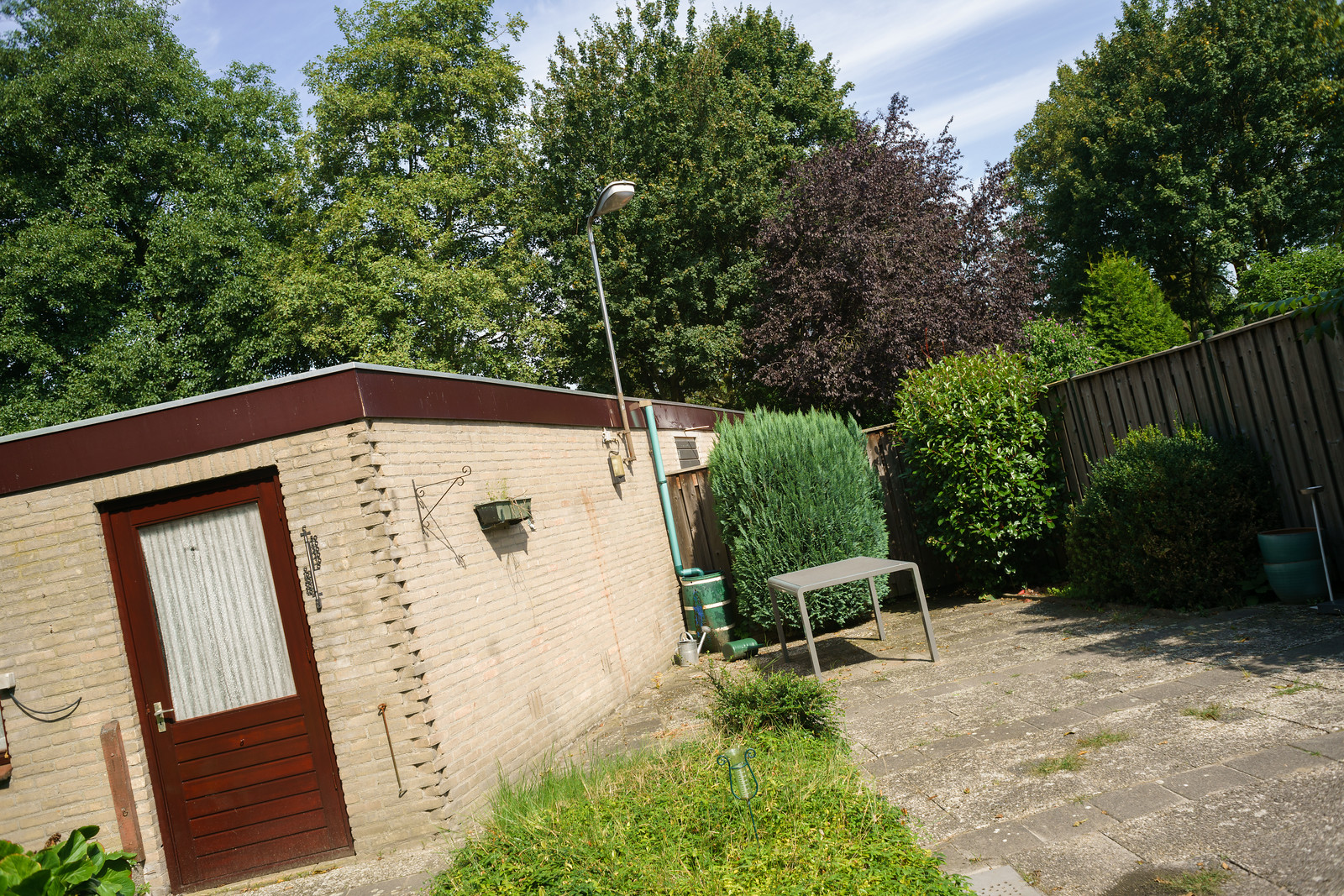

Showing all three here, to my eyes the youngest lens clearly shows better colours and contrast, generally the most pleasing image. All photos were processed in Lightroom with the same settings for white balance, contrast, whites and blacks. Only the exposure was corrected a bit because the camera compensated noticeably for the vignetting at the largest apertures.
Centre at f/3.5

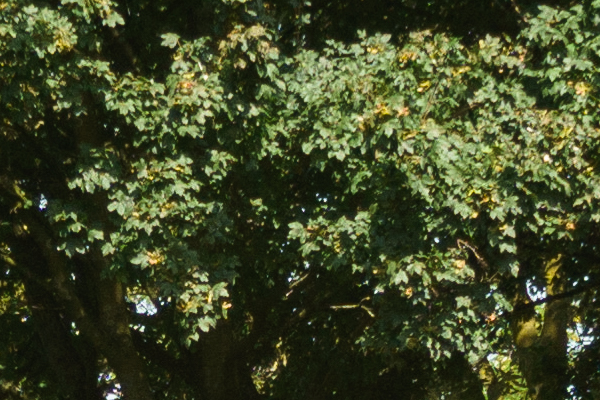

The oldest lens clearly has a veiling flare and doesn’t look really sharp. The A7R2’s 42 MP are merciless! #2 is already better, shows more contrast and less flare and is sharper. The most modern lens is the best one here, again note the more saturated and warmer colours.
Corner at f/3.5


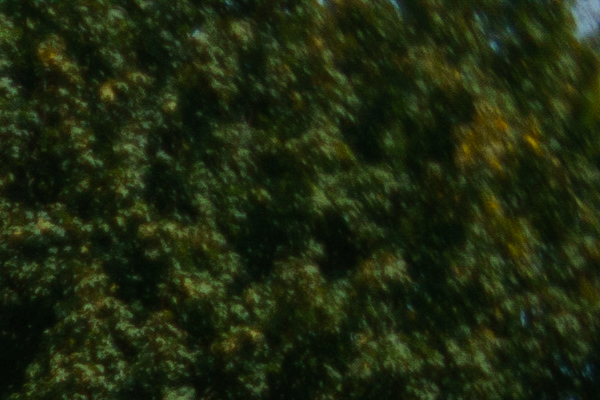
This is the extreme upper-right corner of the A7R2’s frame. Not unexpectedly all are fairly bad here. Again the most modern lens performs best, it’s already fairly good except for the very extreme upper-right part in the crop, and contrast and colours are better.
Centre at f/8
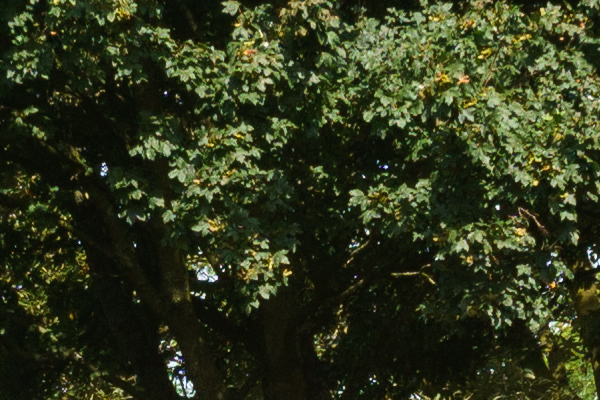
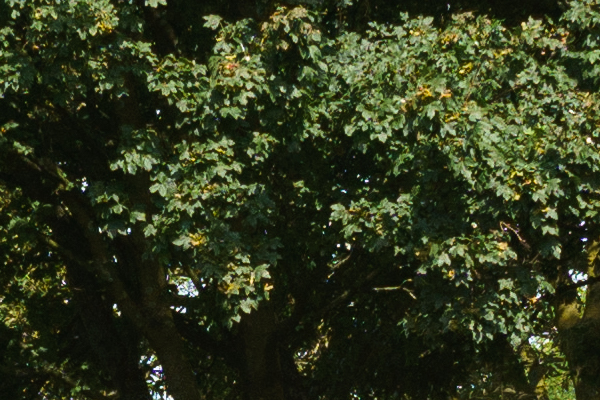
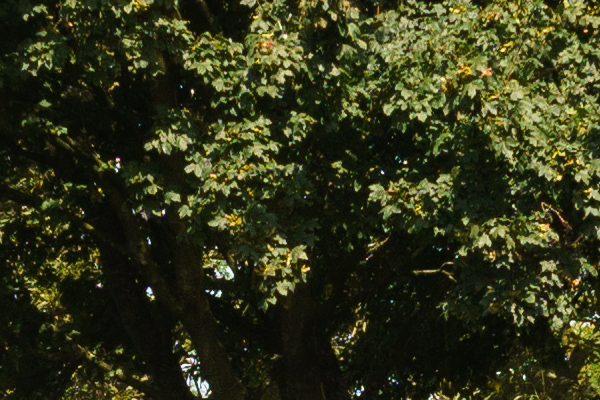
At f/8 differences become less, even the oldest lens performs quite well here. Remember, 42 MP! The newest lens still has an edge on sharpness, contrast and colours.
Corner at f/8
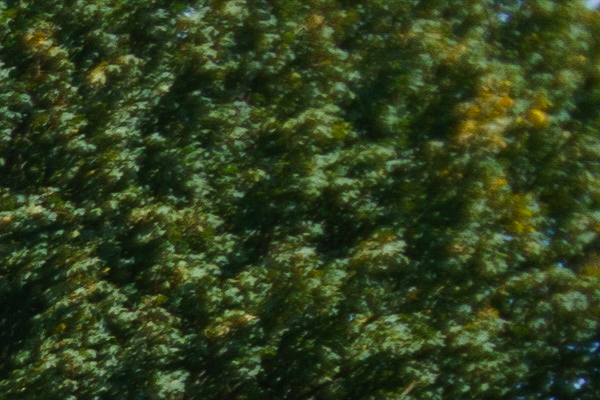
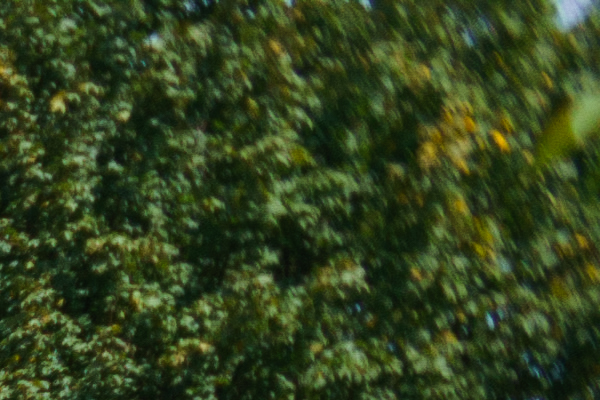
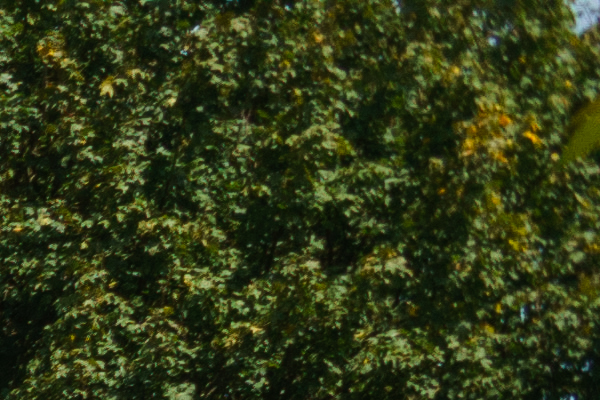
And again the youngest lens shows the best performance. The older two don’t differ a whole lot, except for the sharp decrease in sharpness in the extreme corner for #2.
Epilogue
Choosing between the three lenses is easy: the youngest lens is the clear winner, better sharpness, colours and contrast, suitable for landscape pictures at f/8 or f/11. The older lenses have a flatter look and are less sharp, which opens opportunities for getting a vintage look.

Thank you for your time and effort, those 43mp certainly is merciless and reaveals everything.
Thanks Ad for the time and effort, and sharing the results.
Glad you guys appreciate it.
Very useful information and thank you for doing this comparison
Thanks, glad you like it.